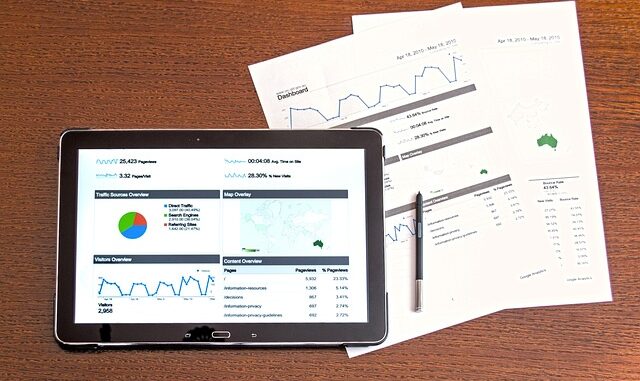
Digital marketers must be creative, intuitive, and decisive to the needs of their audience and their business. Unfortunately, you, as a digital marketer, cannot rely solely on instinct. The birth of big data and digital marketing analytics gives you countless opportunities to support your decision-making.
If you struggle to unlock the full potential of these analytics tools, you may consider these 10 tips to harness the power of DMA effectively.
Digital Marketing Analytics Secrets
1) Define Clear Objectives
Before diving into analytics, establish clear and measurable objectives.
What are you trying to achieve with your digital marketing efforts?
Whether it is increasing website traffic, improving conversation rates, or boosting social media engagement, defining your goals will guide your analysis and ensure you focus on what matters most.
2) Choose the Right Tools
Selecting the appropriate analytics tools is crucial. Google Analytics and many other third-party platforms offer comprehensive data collection and reporting features.
Make sure that you are using the tools that align with your specific objectives and target platforms.
3) Target the Entire Customer Journey
To truly understand your audience, track the entire customer journey. Begin with the first interaction, whether it is a website visit or a social media click. You should also follow the user through each touchpoint.
This holistic approach will provide insights into the effectiveness of your marketing channels and their impact on conversions.
4) Segment Your Data
Segmentation is the key to uncovering valuable insights. Analyze your data by various parameters like demographics, behavior, location, and device type.
By segmenting your audience, you can tailor your marketing efforts to meet the unique needs of different groups.
5) Monitor Real-Time Data
Real-time analytics allow you to react swiftly to changing trends and emerging opportunities. Keep an eye on live data to adapt your strategies in response to shifts in user behavior or market dynamics.
This nimble approach can give you a competitive edge.
6) Set Up Conversion Tracking
Track conversions meticulously. Whether it is a purchase, a sign-up, or another desired action, accurate conversion tracking is essential to evaluate the effectiveness of your digital marketing campaigns.
Knowing which channels and strategies lead to conversions can help you allocate resources effectively.
7) A/B Testing and Experimentation
Experimentation is the path to optimization. Conduct A/B tests on various elements of your marketing campaigns, such as ad copy, visuals, landing pages, and CTAs. Testing enables you to discover what resonates with your audience and improve your marketing efforts accordingly.
8) Dive into Customer Behavior
Dig deeper into user behavior to understand what drives engagement and conversion. Explore which content or products generate the most interest, what path users take through your site, and where they tend to drop off.
Analyzing customer behavior can help you refine your user experience.
9) Measure ROI
Measuring the return on investment (ROI) is vital for assessing the effectiveness of your digital marketing efforts. Calculate the cost of your campaigns and compare it to the revenue generated. Understanding your ROI will help you make an informed decision about resource allocation.
10) Regular Reporting
Consistency is key. Set up a regular reporting schedule to review your analytics data and track progress toward your goals.
Transform Data into Actionable InsightsDigital marketing analytics is not just about collecting data. It is about transforming that data into actionable insights. When you follow these ten secrets, you can unlock the full potential of your analytics tools.

Leave a Reply